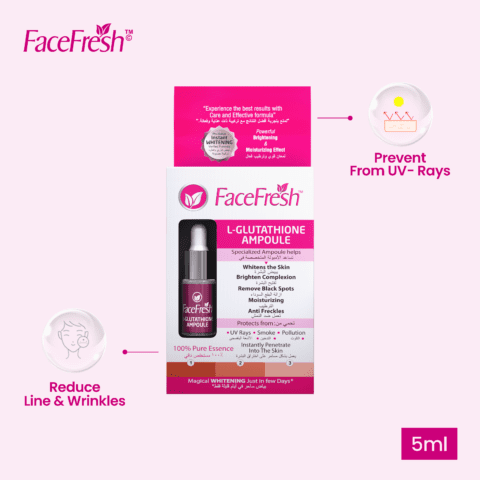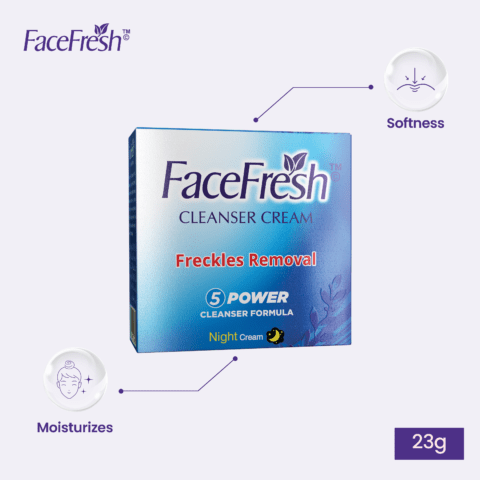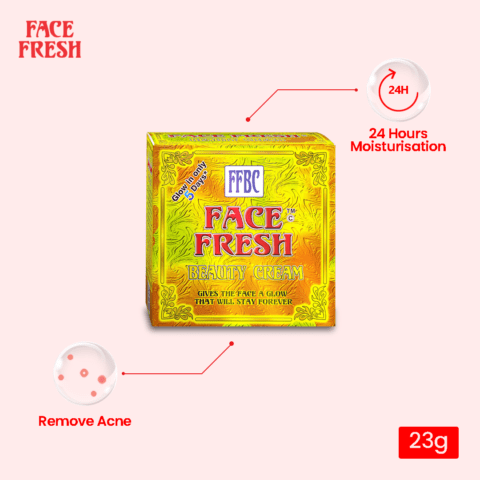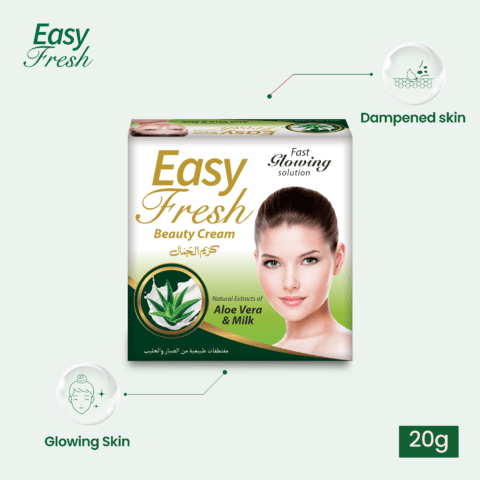Combination skin can be both a blessing and a challenge, requiring a delicate balance of skincare practices. To maintain the health and harmony of your skin, it’s essential to understand the dos and don’ts specific to combination skin. In this article, we will explore the key dos and don’ts that will help you achieve a radiant and balanced complexion.
1. Introduction
Combination skin is characterized by having both dry and oily areas on the face. The T-zone, including the forehead, nose, and chin, tends to be oilier, while the cheeks and other parts may be drier. Managing combination skin requires a tailored approach to address the unique needs of each area.
2. Understanding Combination Skin
2.1 Definition and Characteristics of Combination Skin
Combination skin is a skin type that exhibits a combination of oily and dry characteristics. The oily areas, especially the T-zone, often have enlarged pores, excess sebum production, and occasional breakouts. On the other hand, the dry areas may feel tight, flaky, or rough.
2.2 Factors Influencing Combination Skin
Several factors contribute to the development of combination skin. Genetics, hormonal fluctuations, climate, and skincare habits play significant roles. Understanding these factors helps in creating an effective skincare routine.
3. Dos for Combination Skin
To maintain the balance and health of combination skin, it’s crucial to follow these dos:
3.1 Consistent Skincare Routine
Establish a consistent skincare routine that addresses the specific needs of combination skin. Cleanse, exfoliate, tone, moisturize, and protect your skin from the sun’s harmful rays. Consistency allows your skin to adapt and thrive.
3.2 Using Suitable Products
Choose skincare products formulated for combination skin. Look for labels that mention oil-free, non-comedogenic, or specifically target combination skin. These products are designed to provide the necessary hydration without clogging the pores or exacerbating oiliness.
3.3 Patch Testing
Before incorporating new products into your routine, perform a patch test. Apply a small amount of the product on your inner wrist or behind your ear and observe for any adverse reactions. This step helps prevent potential allergies or irritations.
3.4 Hydration and Balanced Diet
Stay hydrated by drinking an adequate amount of water daily. Hydration promotes skin health and helps maintain a balanced complexion. Additionally, maintaining a balanced diet rich in fruits, vegetables, and healthy fats provides essential nutrients for your skin’s overall well-being.
3.5 Seeking Professional Advice
If you experience persistent skin issues or require guidance tailored to your specific needs, consult a dermatologist or skincare professional. They can provide expert advice, recommend appropriate treatments, and address any concerns you may have.
4. Don’ts for Combination Skin
To avoid exacerbating the challenges of combination skin, it’s crucial to steer clear of these don’ts:
4.1 Harsh Scrubs and Exfoliation
Avoid using harsh scrubs or aggressive exfoliants on your face. These can strip the skin’s natural oils and cause irritation. Opt for gentle exfoliation methods that are suitable for combination skin, such as chemical exfoliants or gentle physical exfoliation with soft brushes or mild scrubs.
4.2 Over-Cleansing and Over-Exfoliating
Over-cleansing and over-exfoliating can disrupt the skin’s balance and lead to increased oil production or dryness. Stick to cleansing your face twice a day and exfoliating two to three times a week to avoid stripping the skin or causing sensitivity.
4.3 Skipping Sunscreen
Regardless of your skin type, never skip sunscreen. Protecting your skin from harmful UV rays is essential to prevent premature aging, hyperpigmentation, and other sun-related damage. Use a broad-spectrum sunscreen with at least SPF 30 and apply it generously to all exposed areas of your skin.
4.4 Heavy Moisturizers
Avoid using heavy, oil-based moisturizers that can weigh down the skin and contribute to clogged pores. Instead, opt for lightweight, oil-free moisturizers that provide hydration without adding excessive oiliness. Consider using separate moisturizers for different areas of your face if needed.
4.5 Picking or Squeezing Acne
Resist the temptation to pick or squeeze acne or blemishes on your skin. This can lead to inflammation, scarring, and further breakouts. Instead, treat acne with suitable products or seek professional advice for effective acne management.
5. Conclusion
Achieving a healthy and balanced complexion with combination skin requires a combination of proper skincare practices and mindful choices. By following the dos and avoiding the don’ts mentioned in this article, you can maintain the harmony of your skin and embrace its natural beauty.










Leave a comment
Your email address will not be published. Required fields are marked *